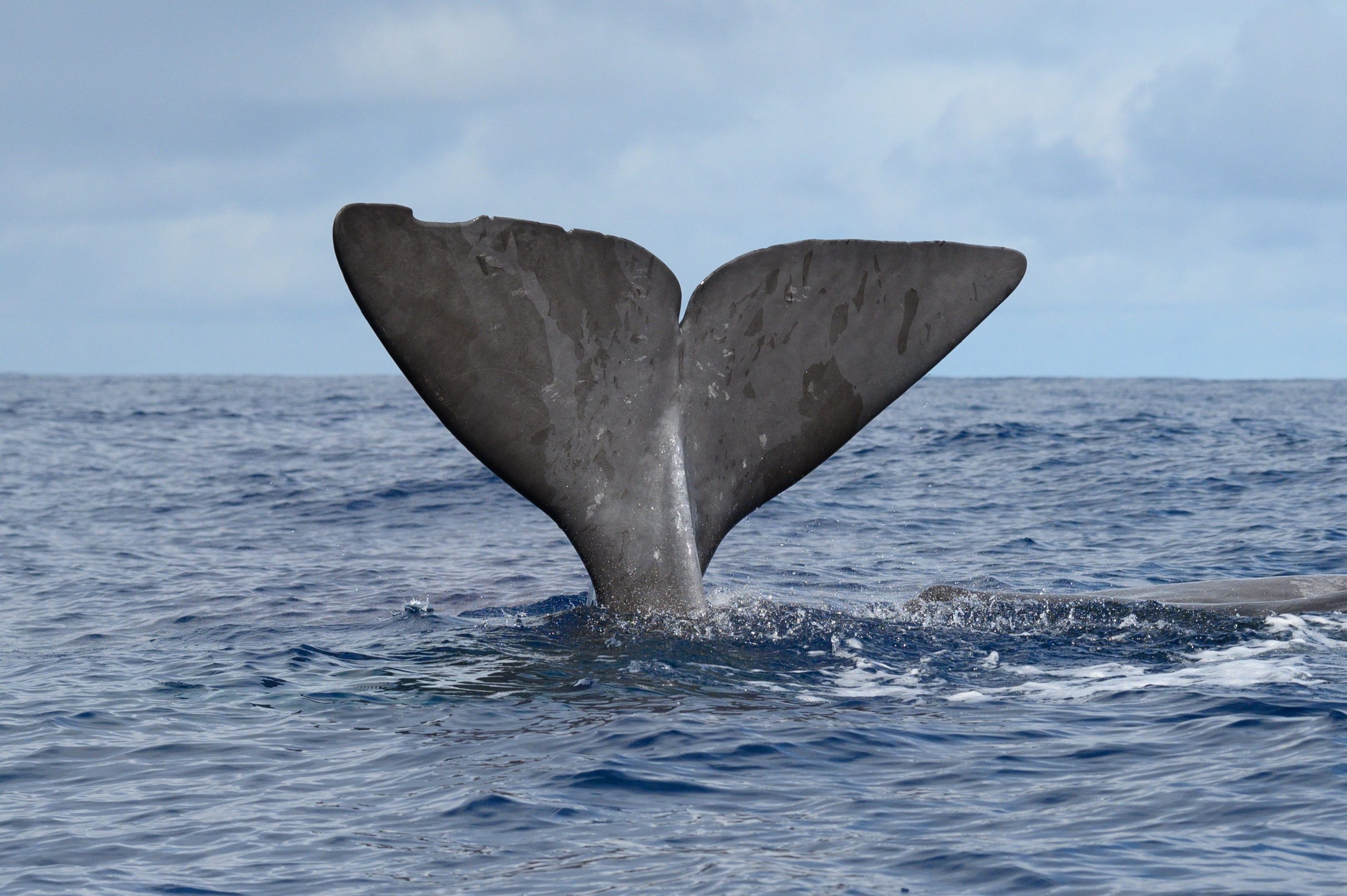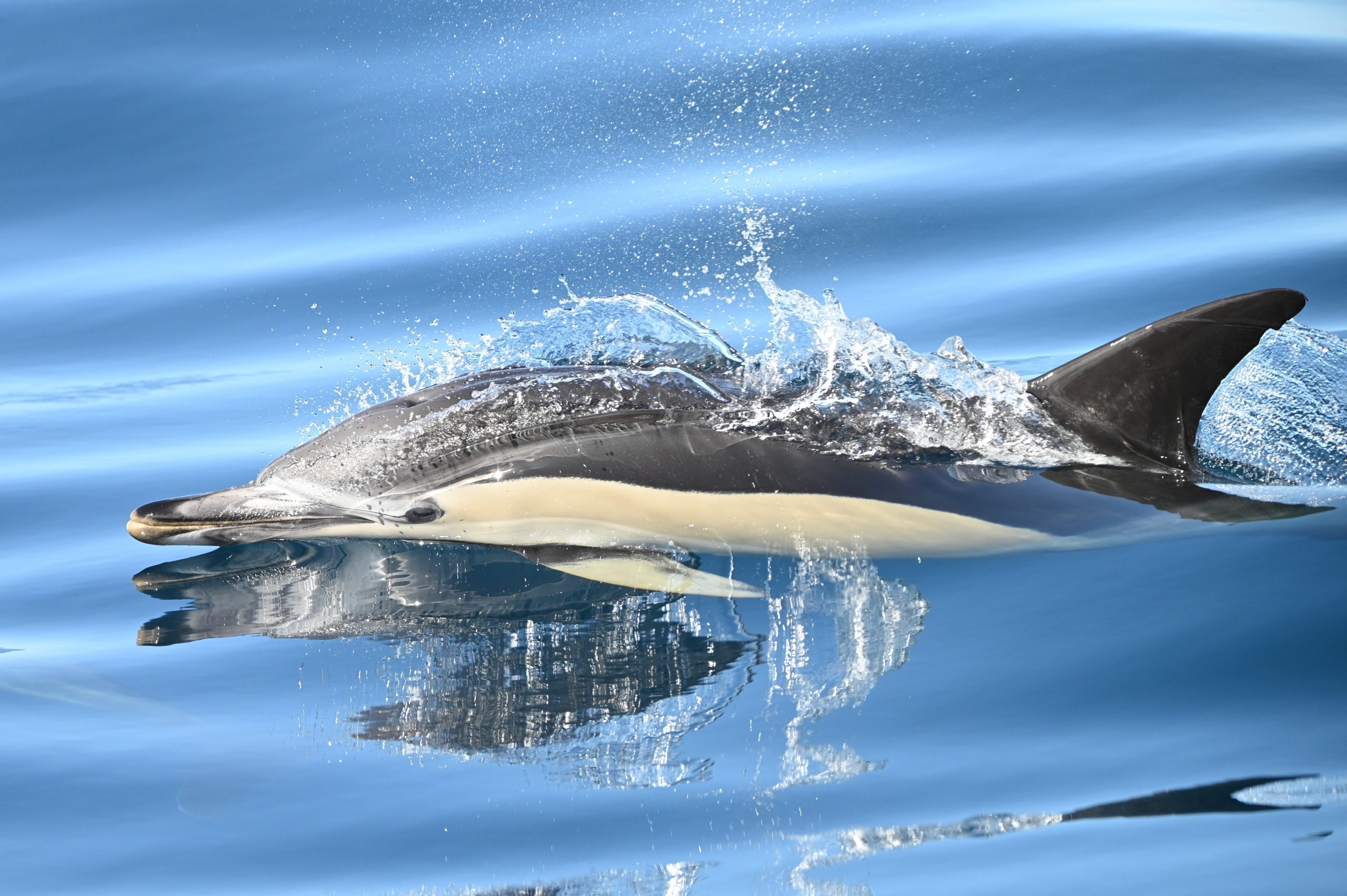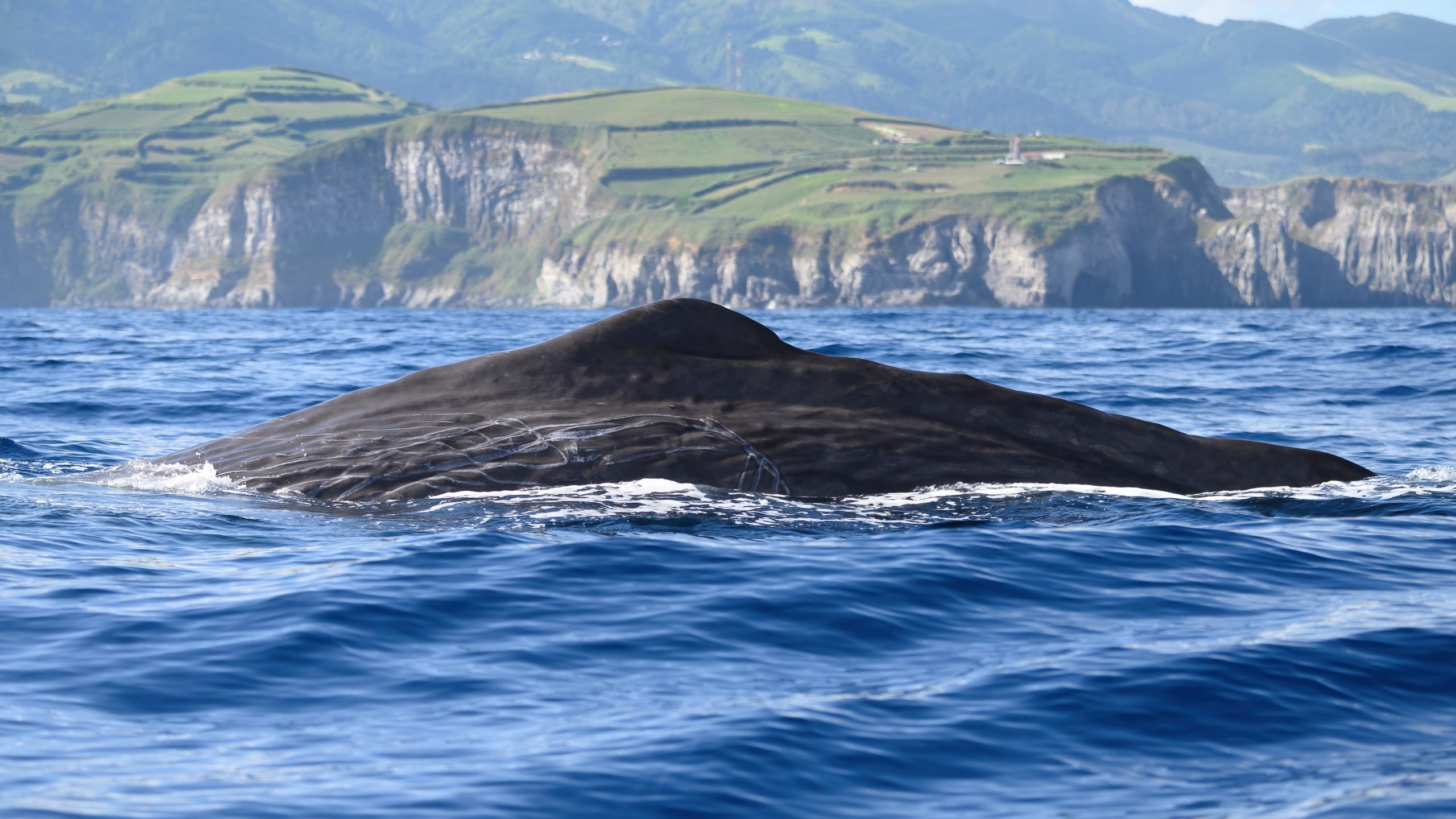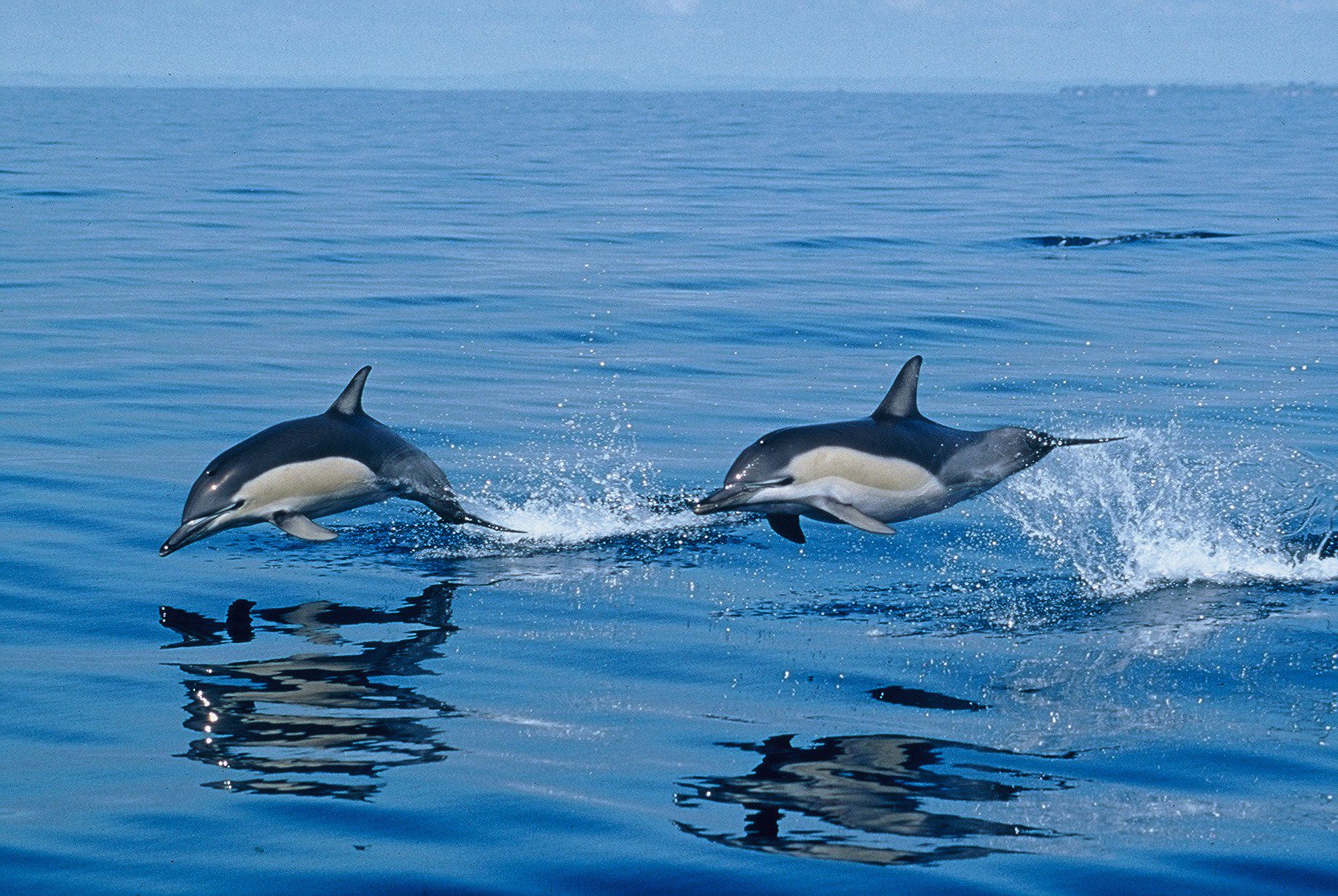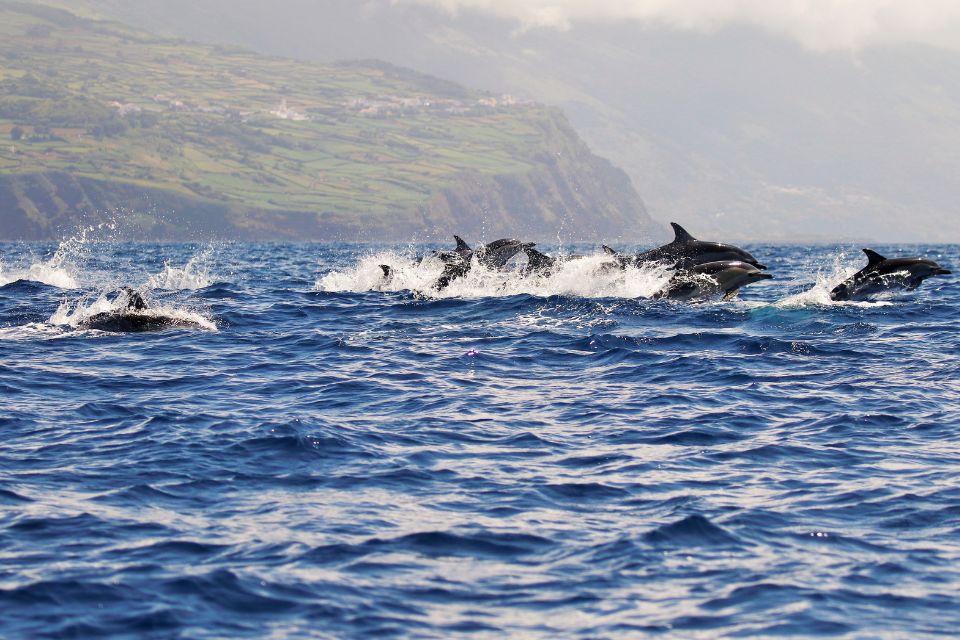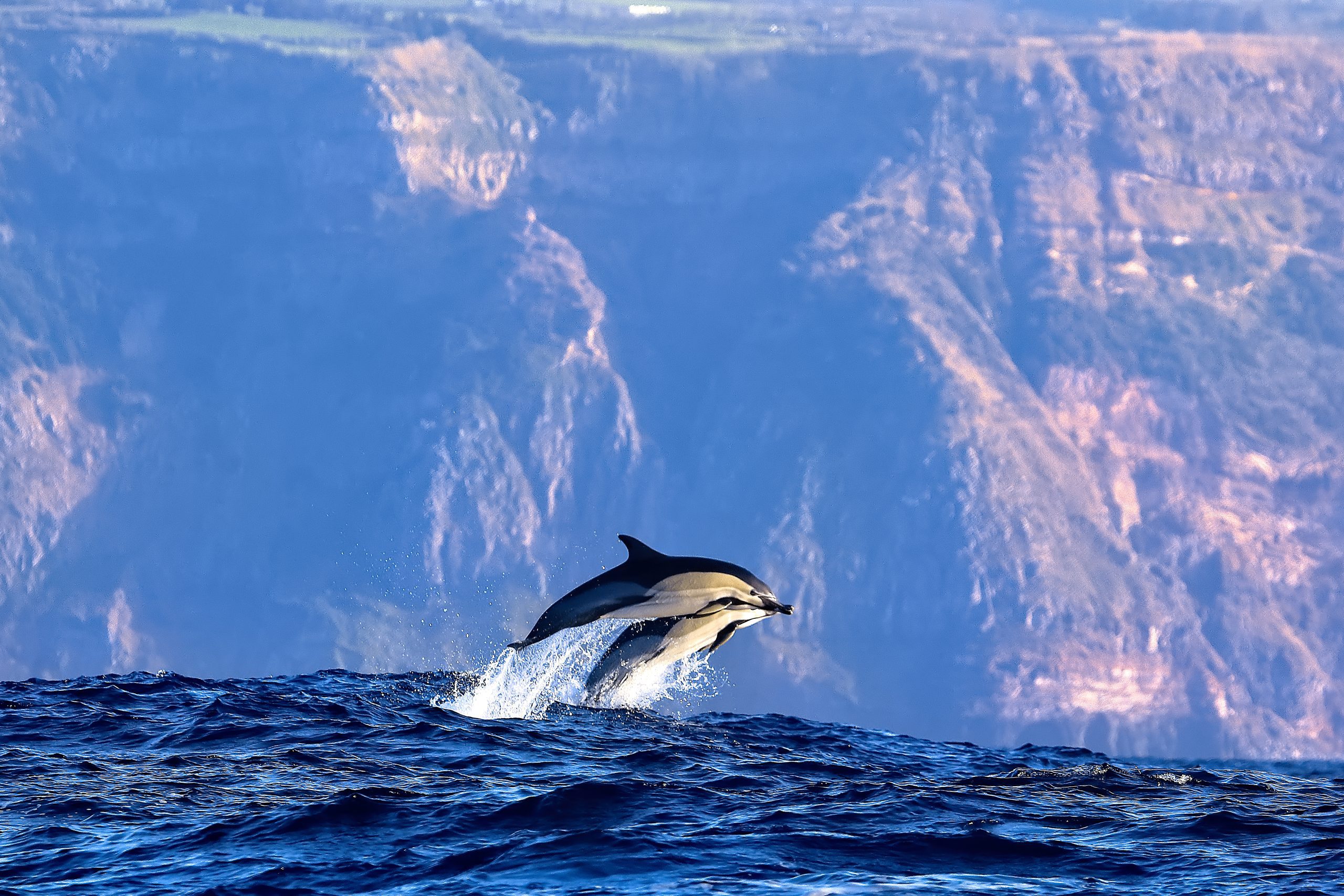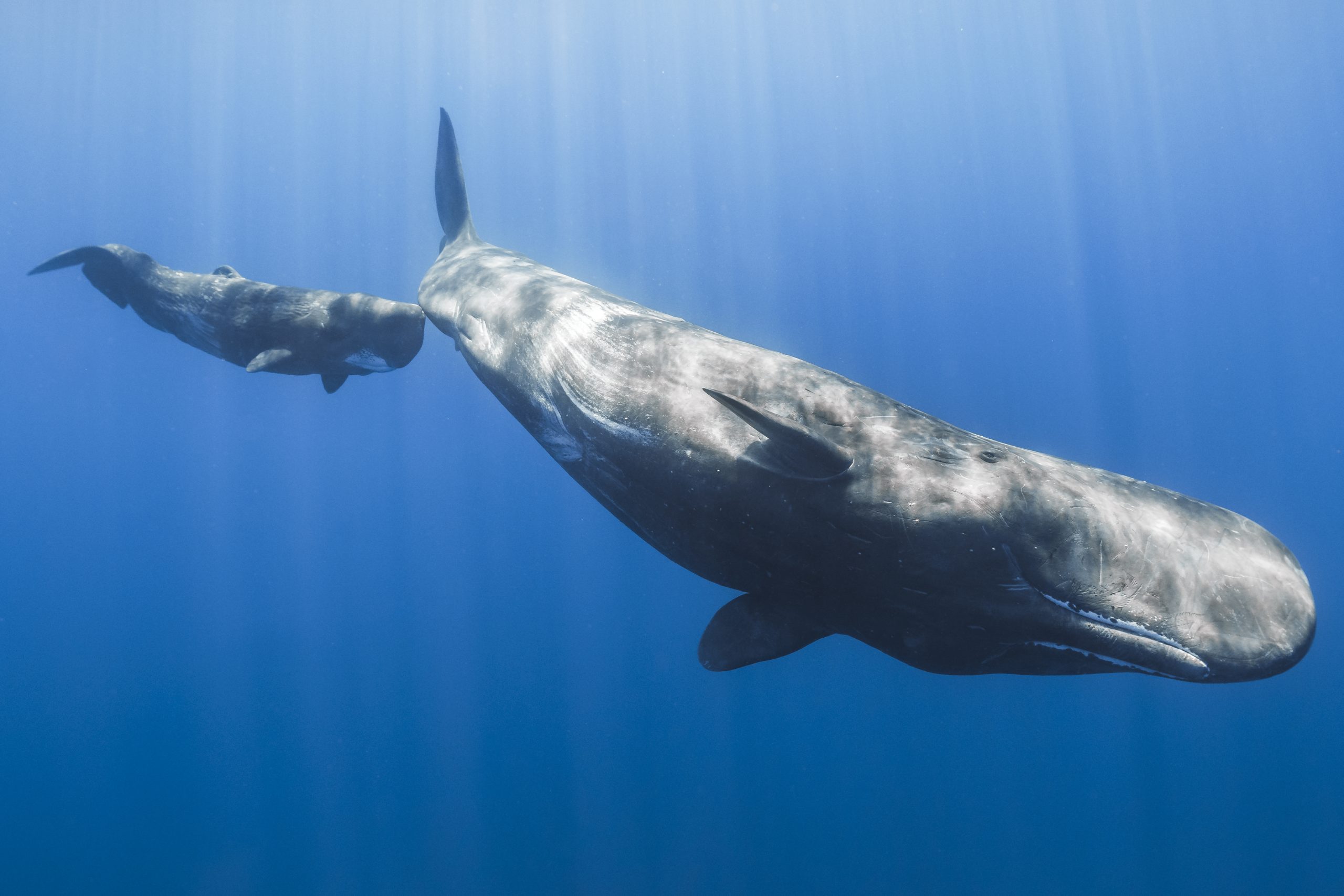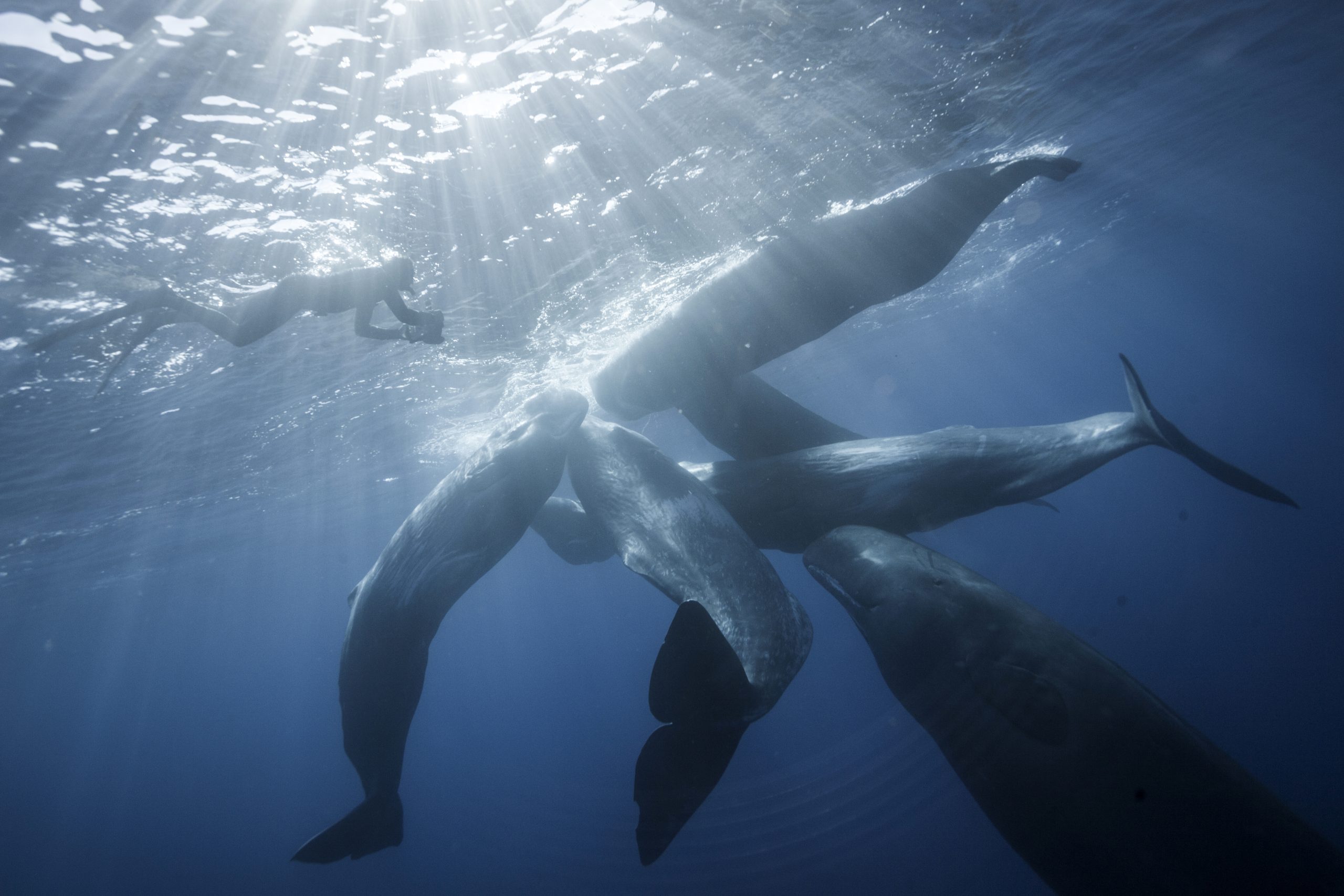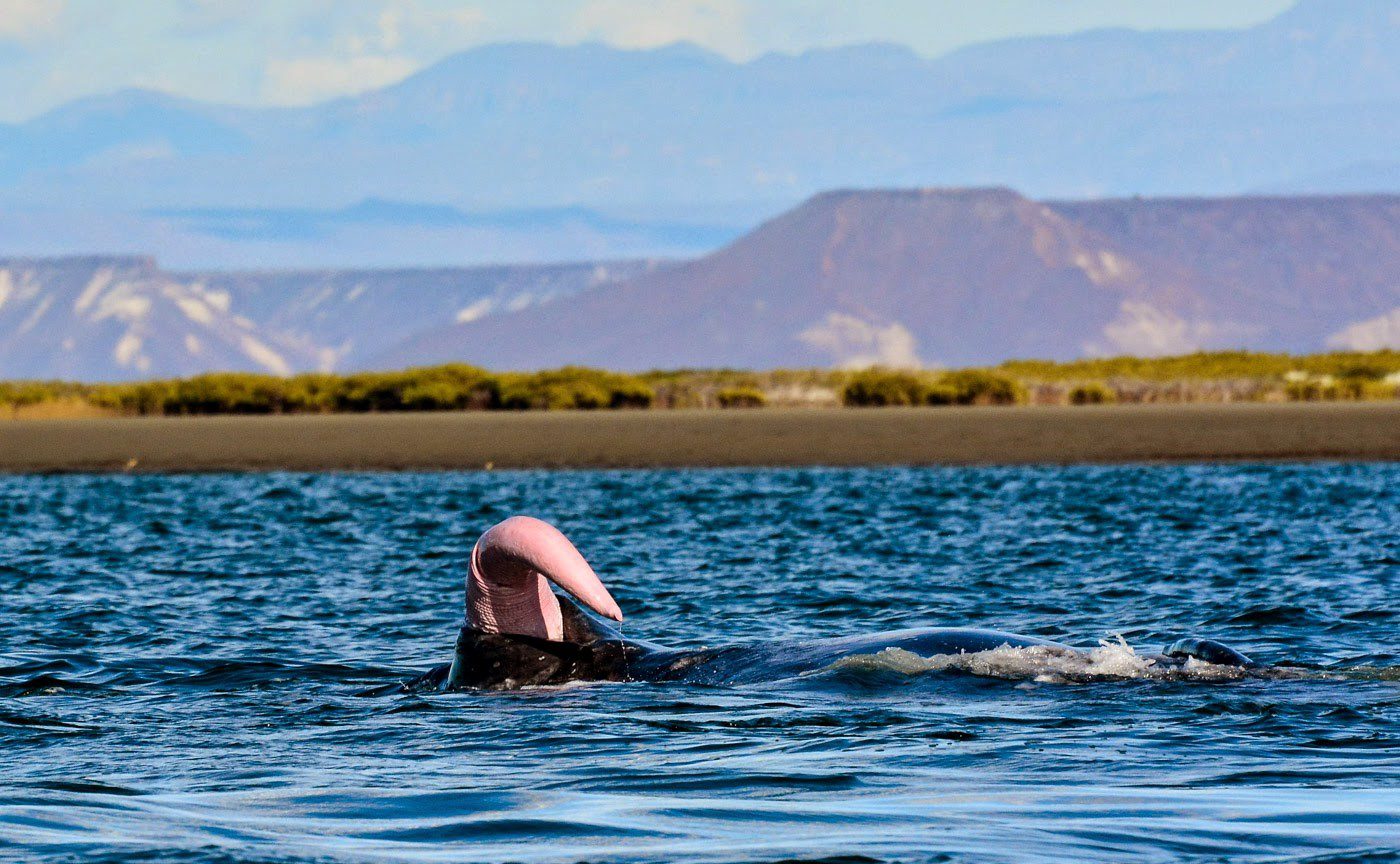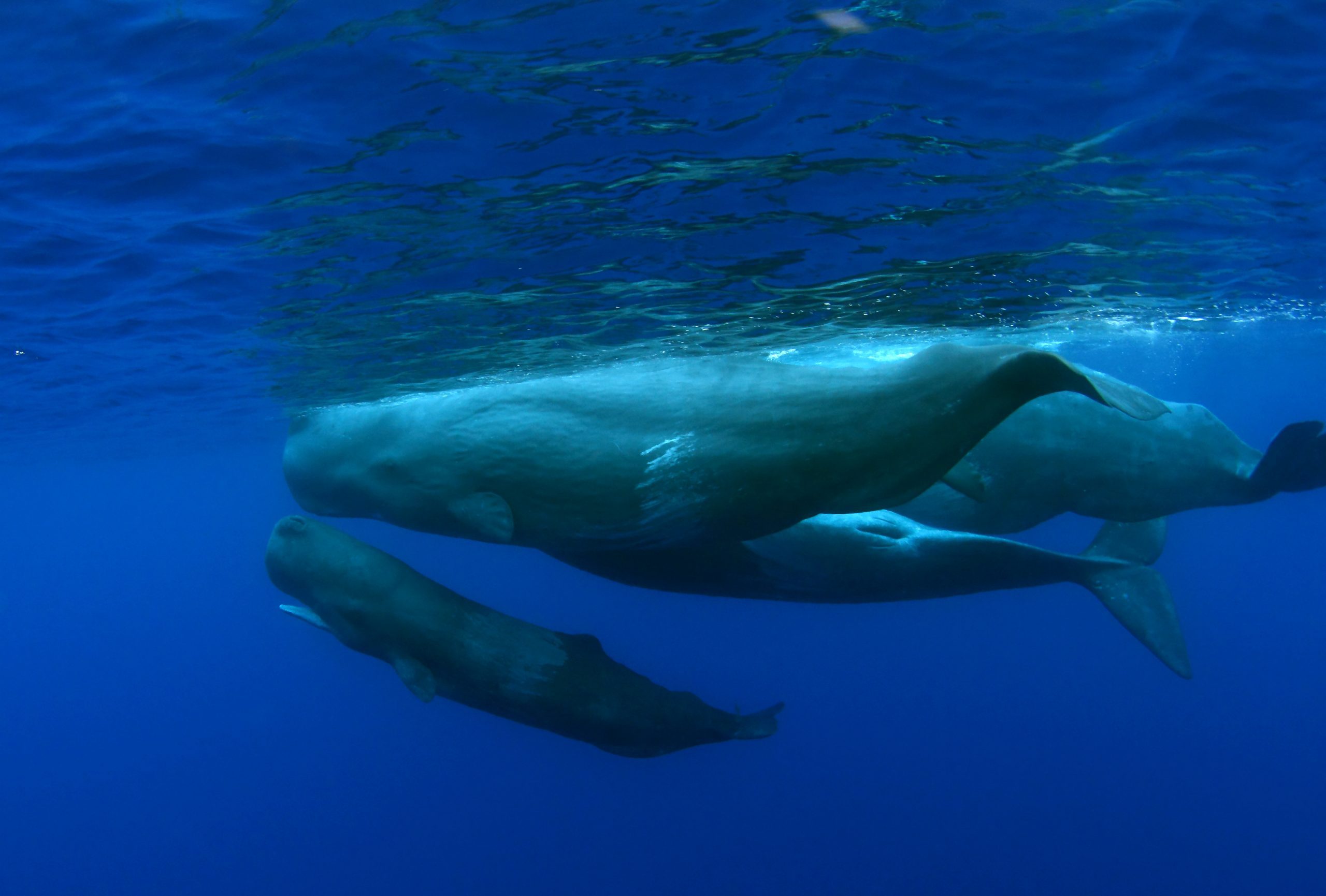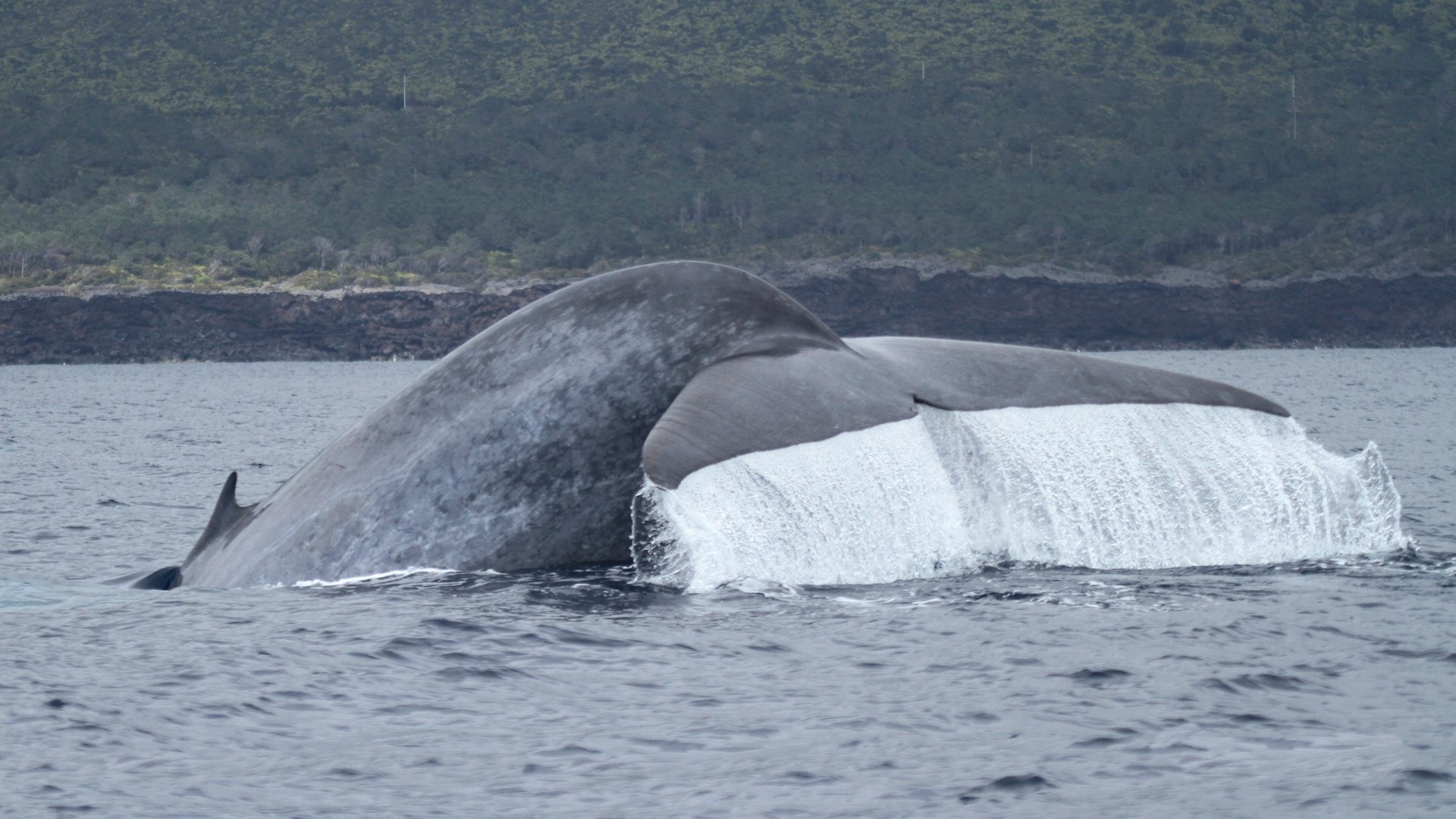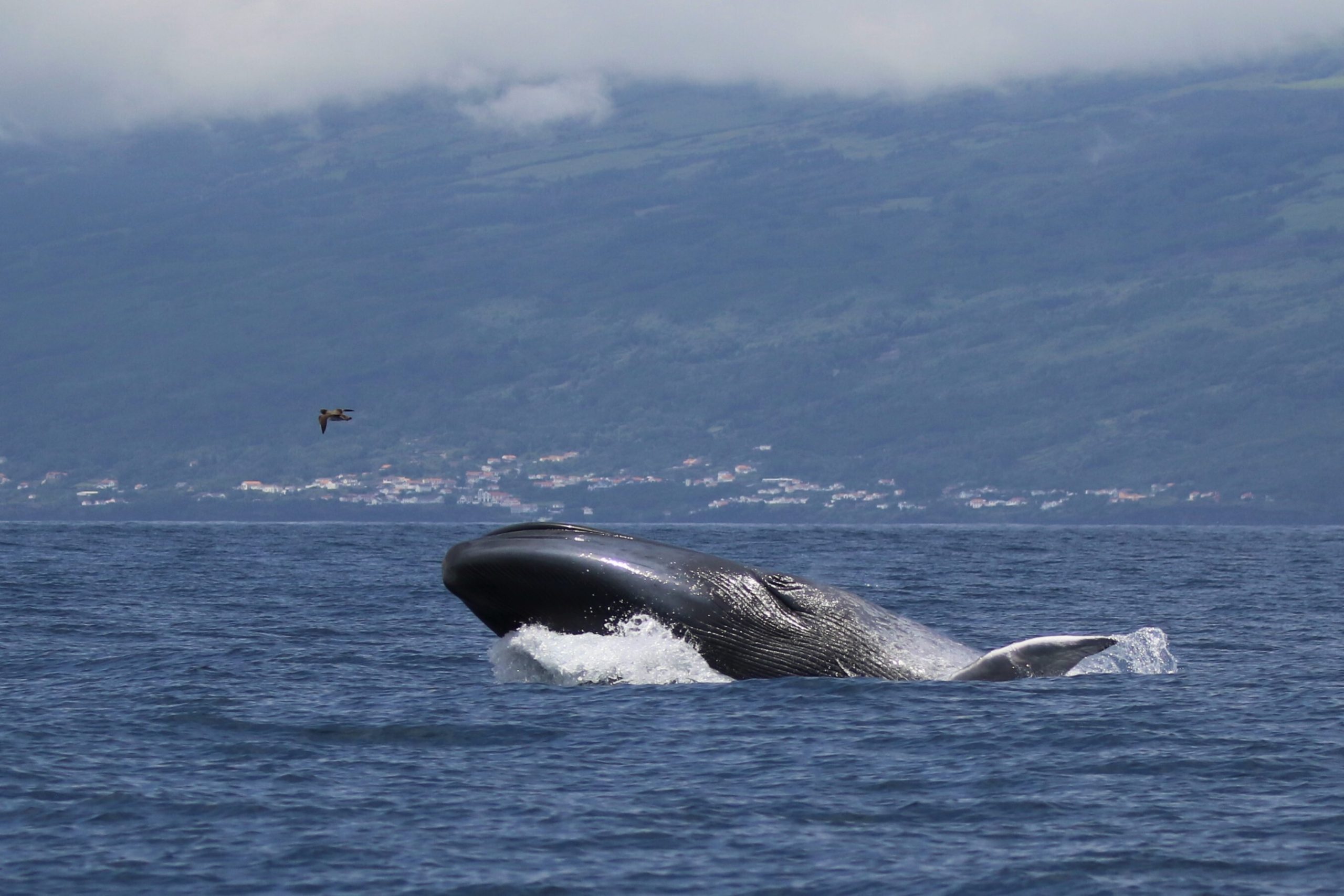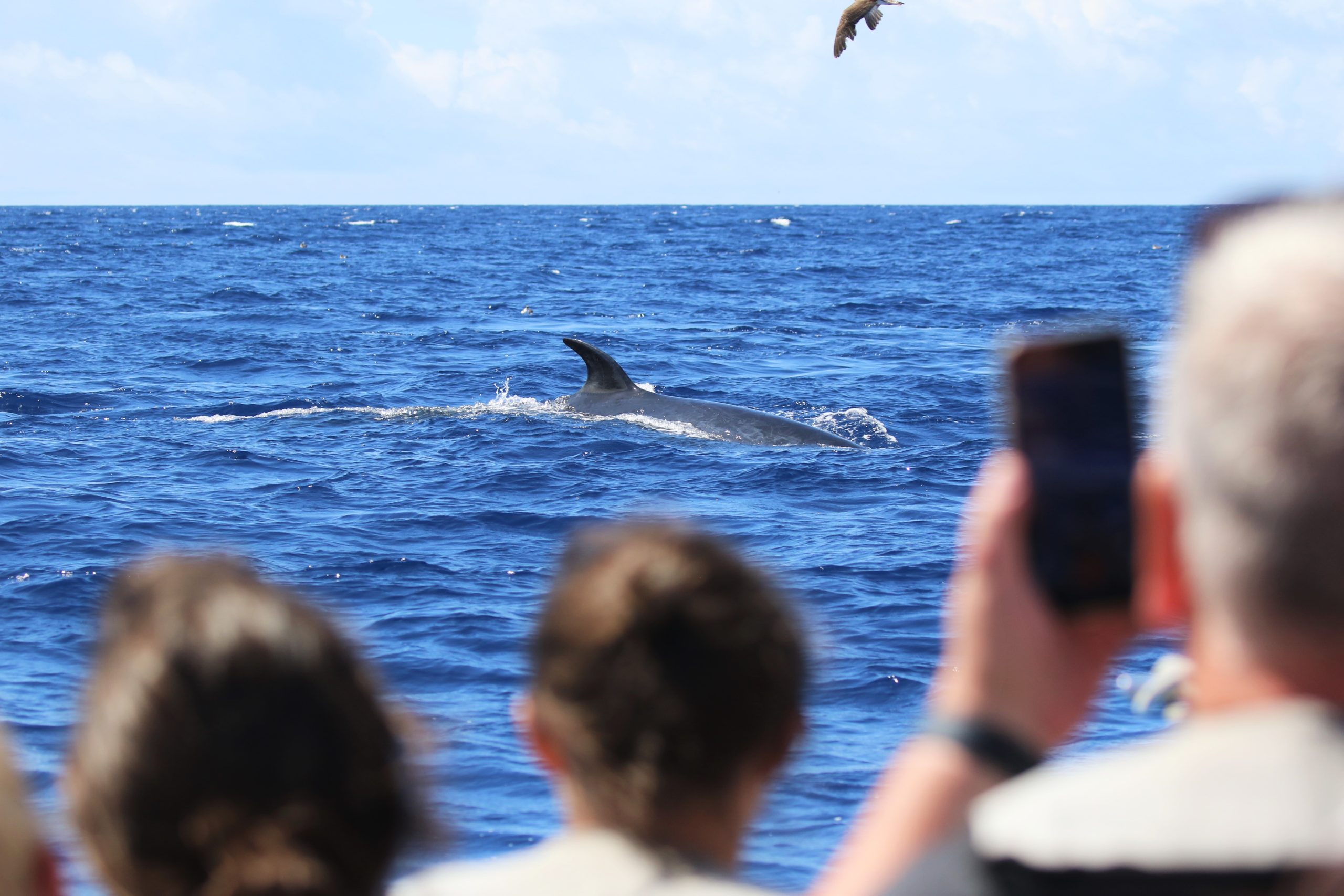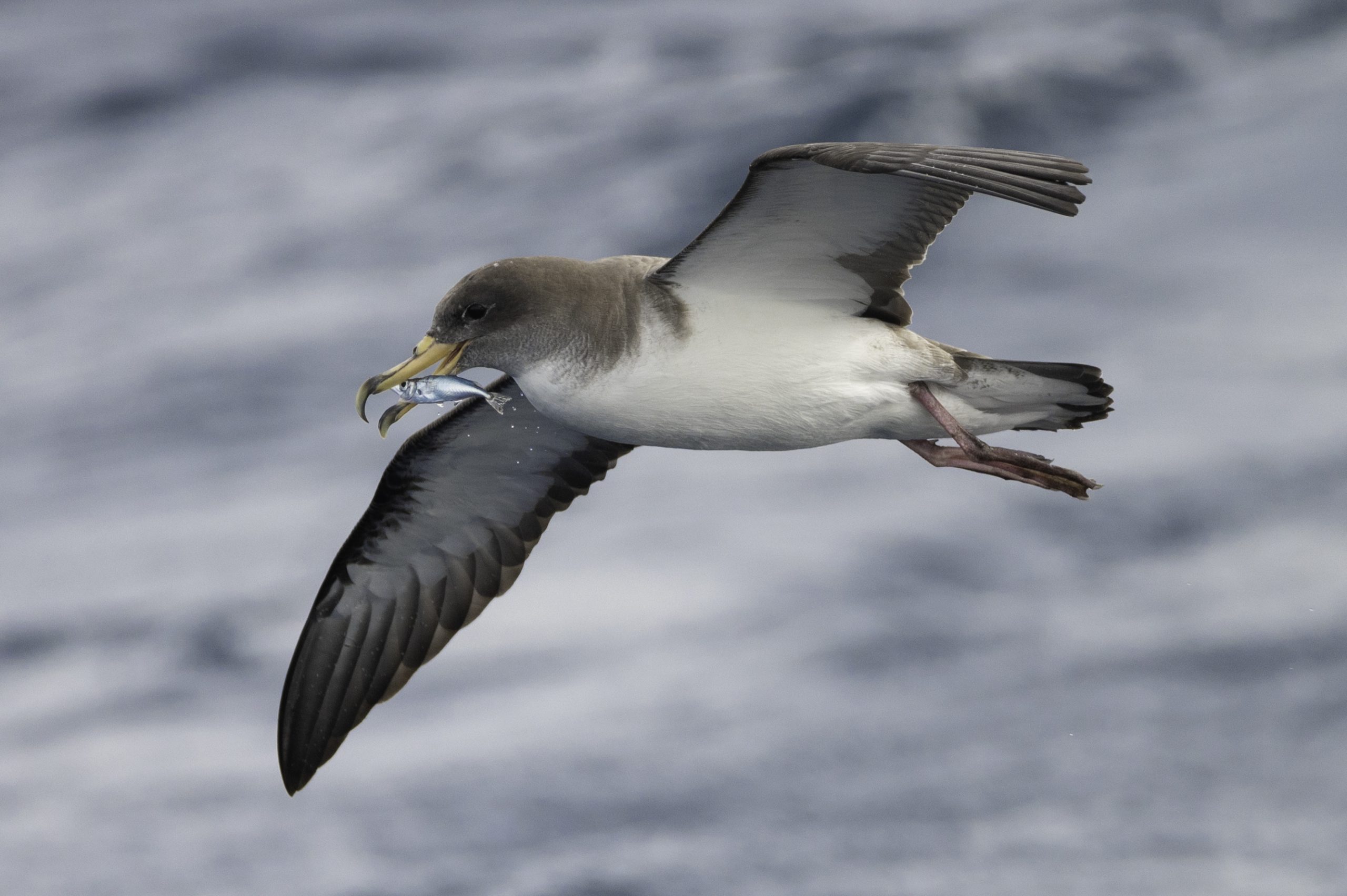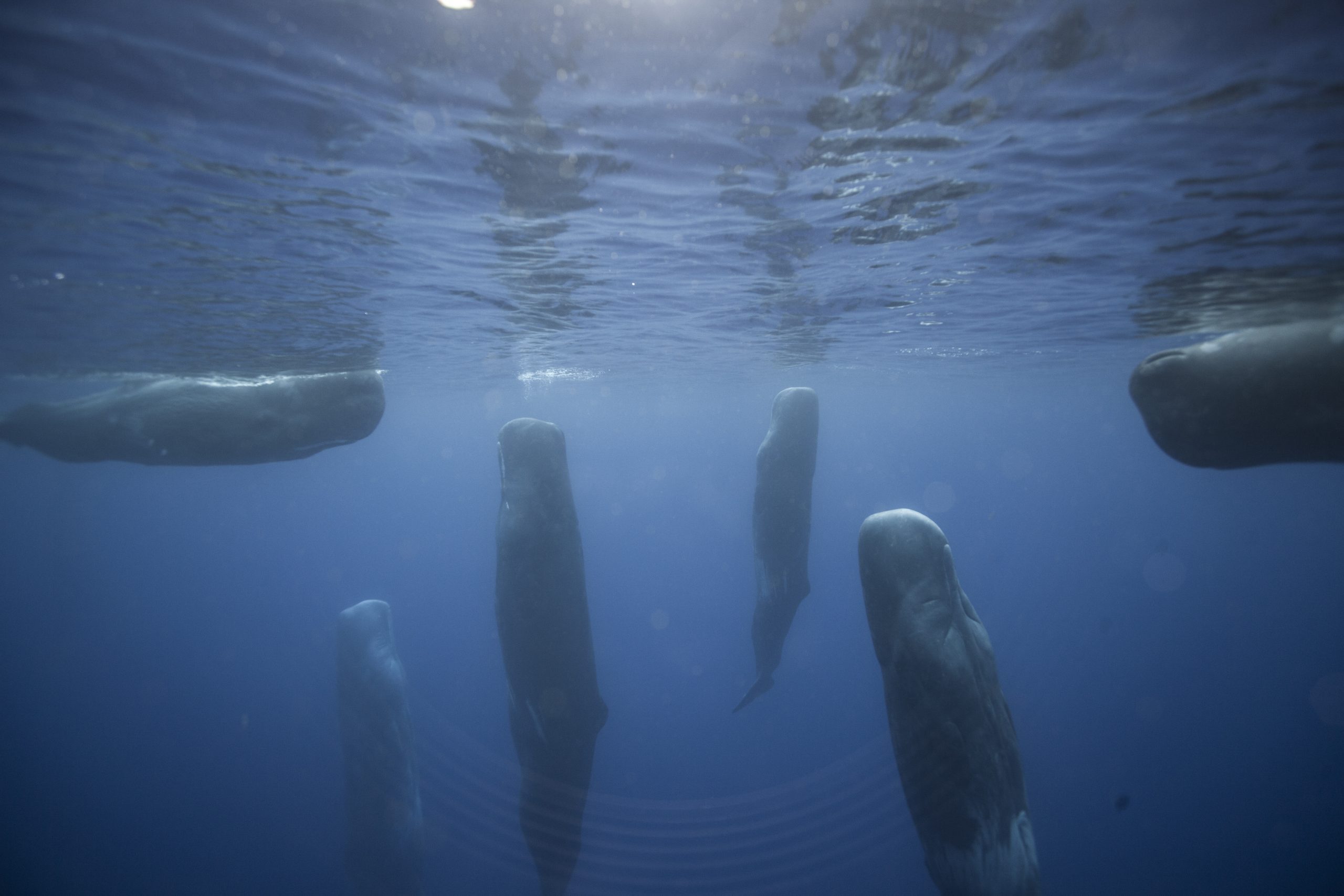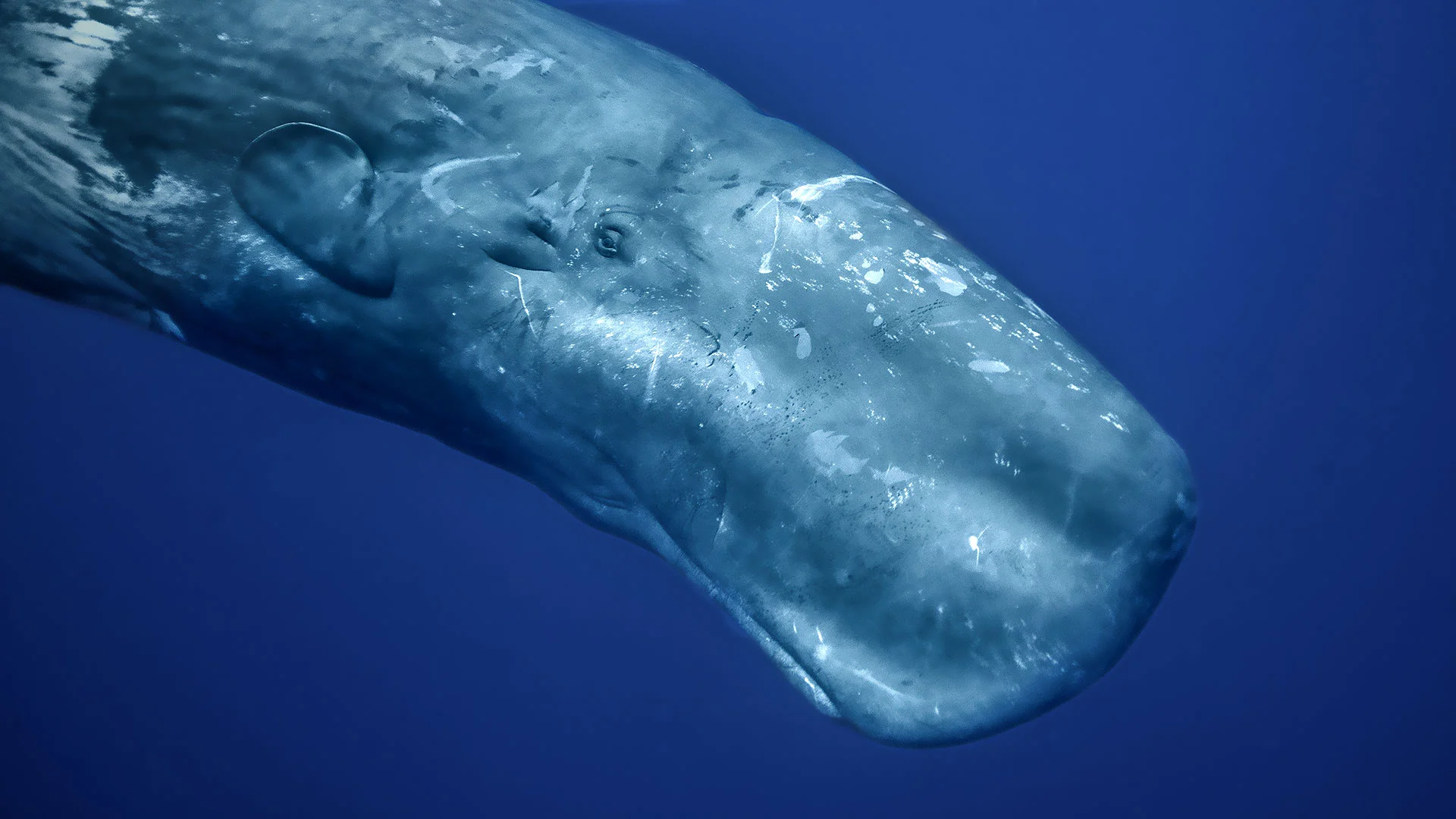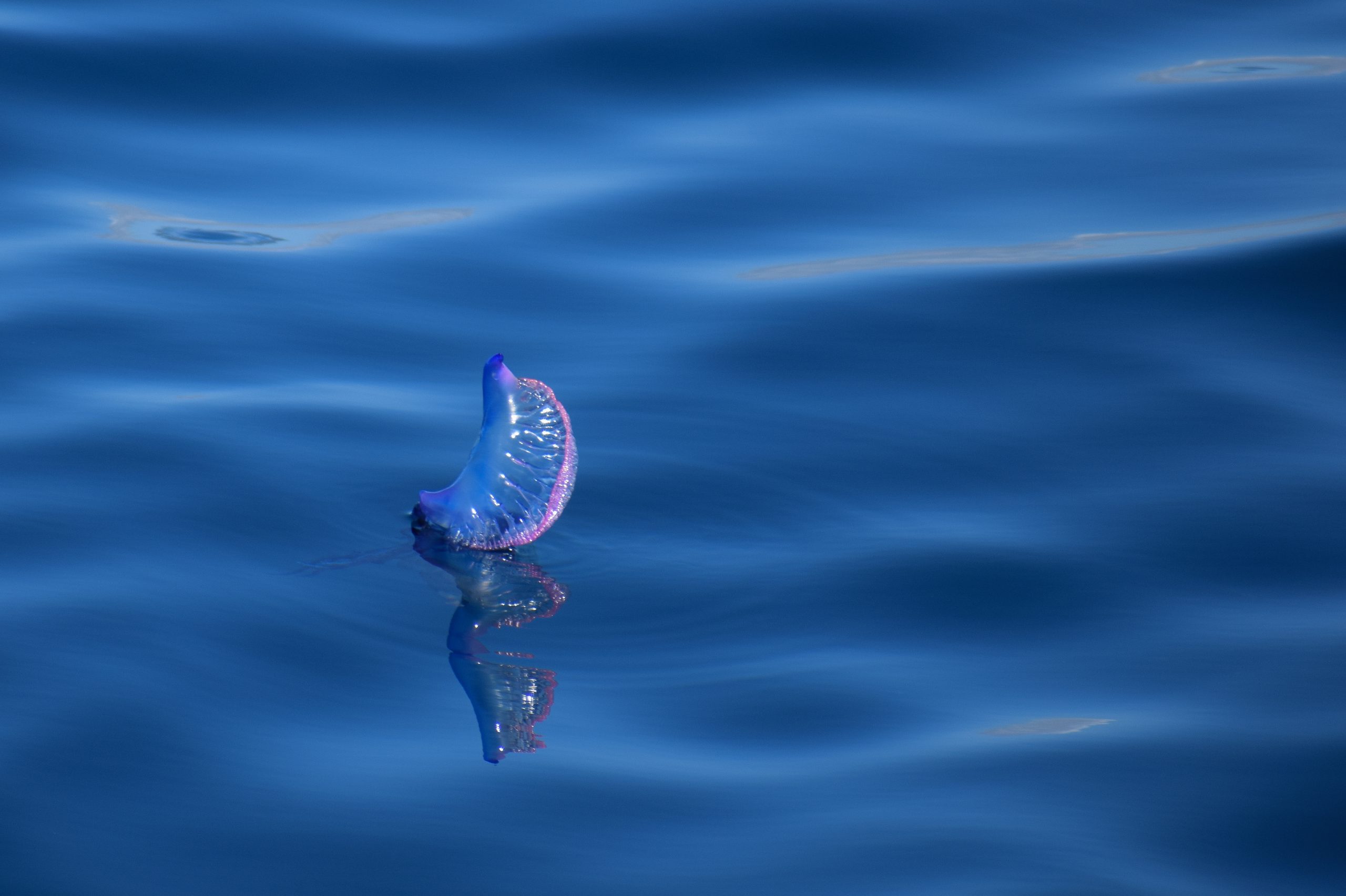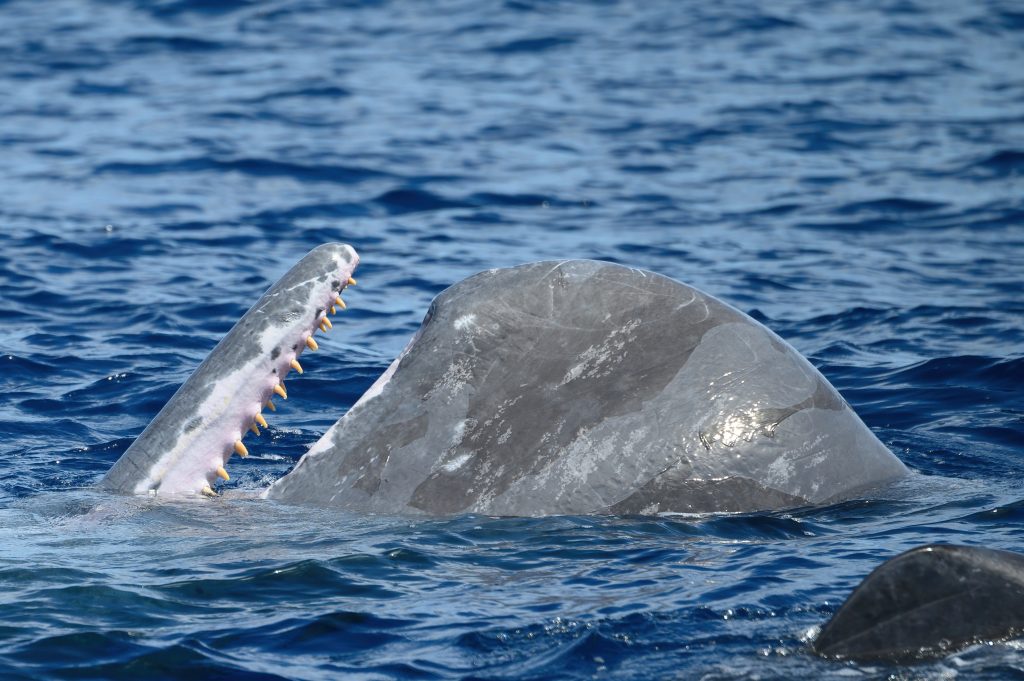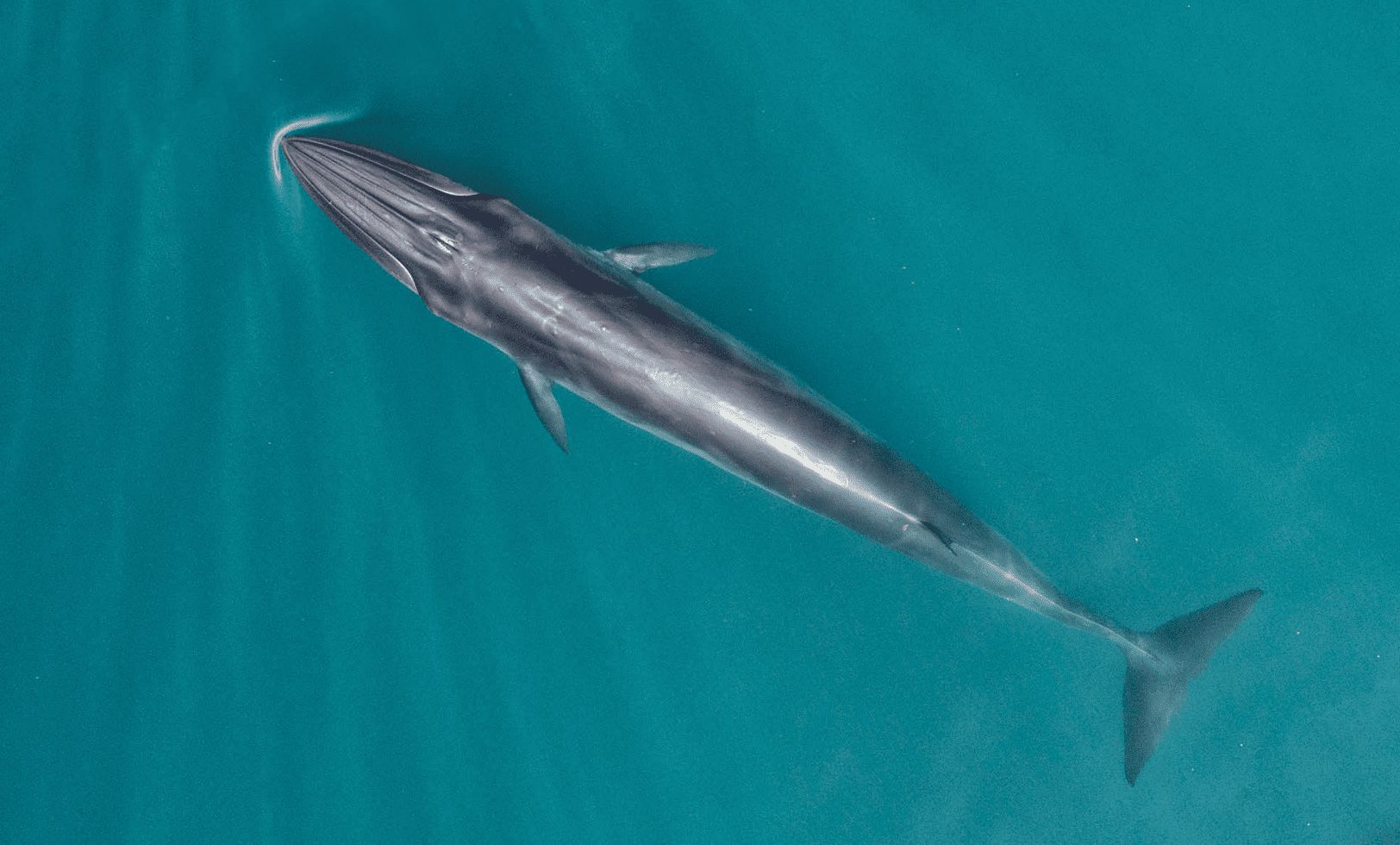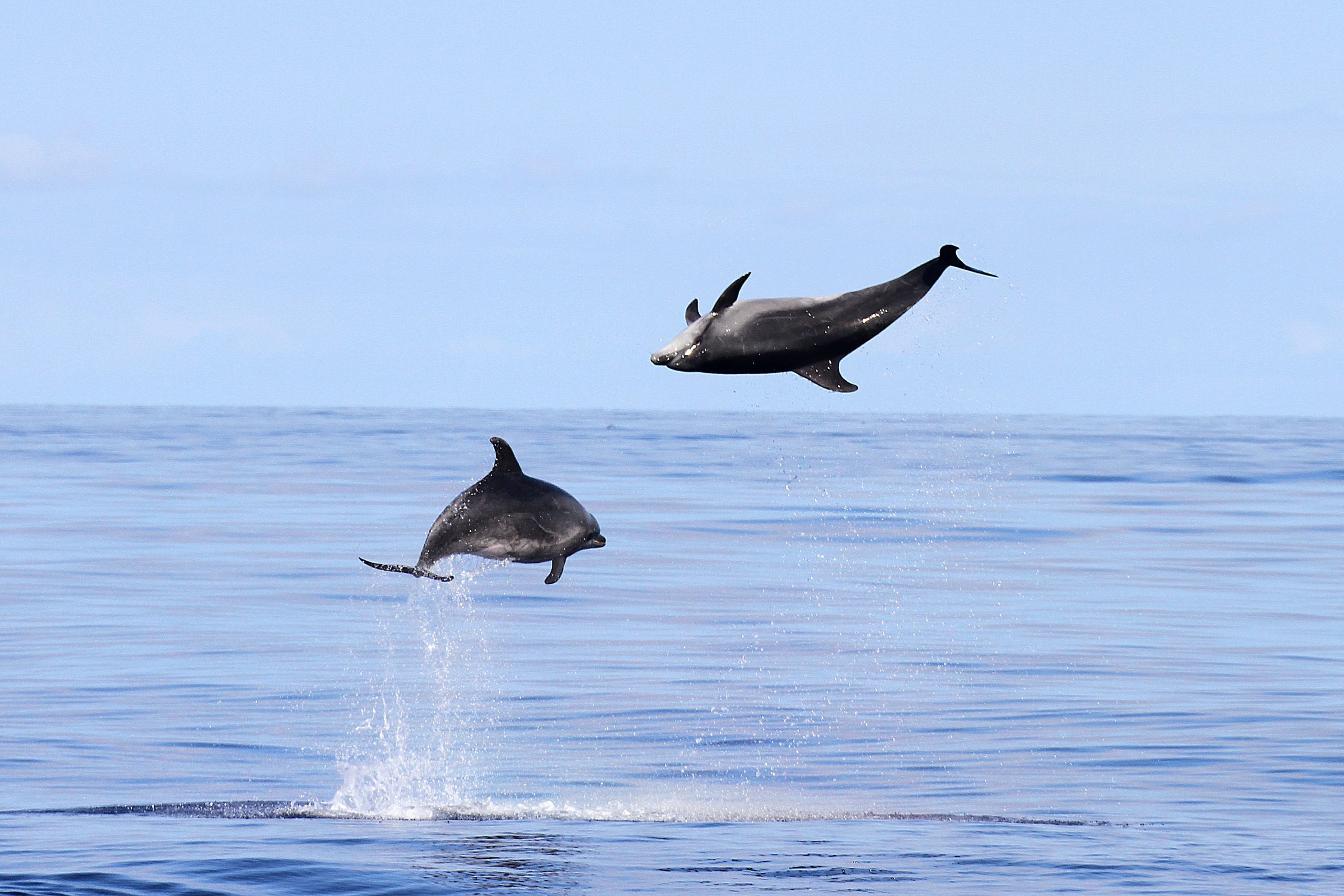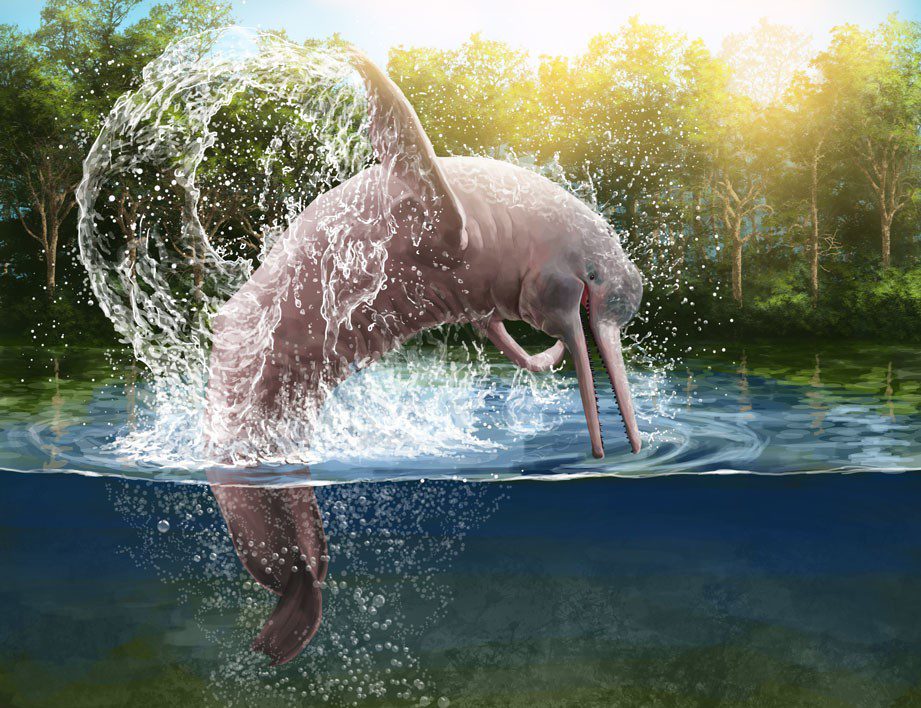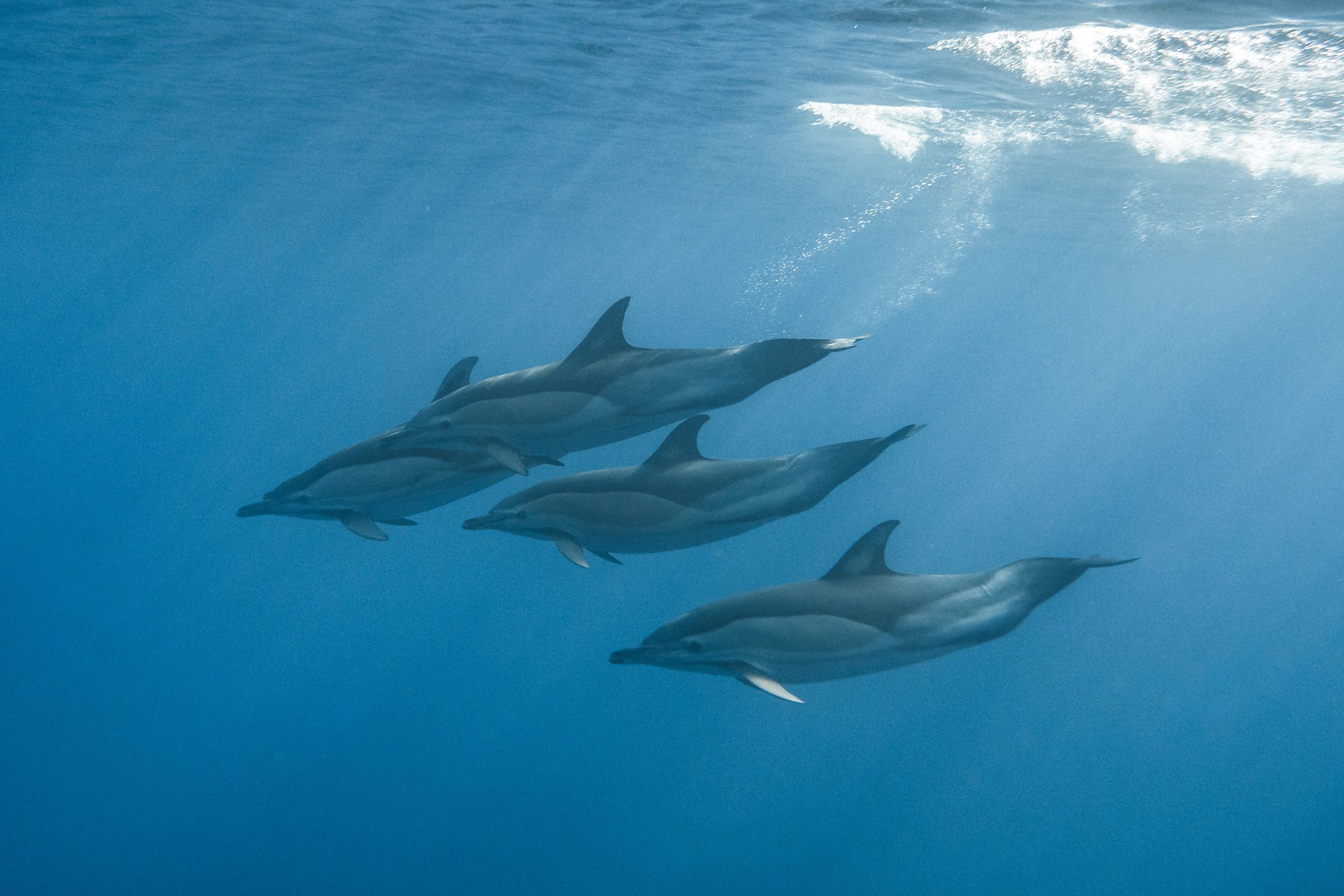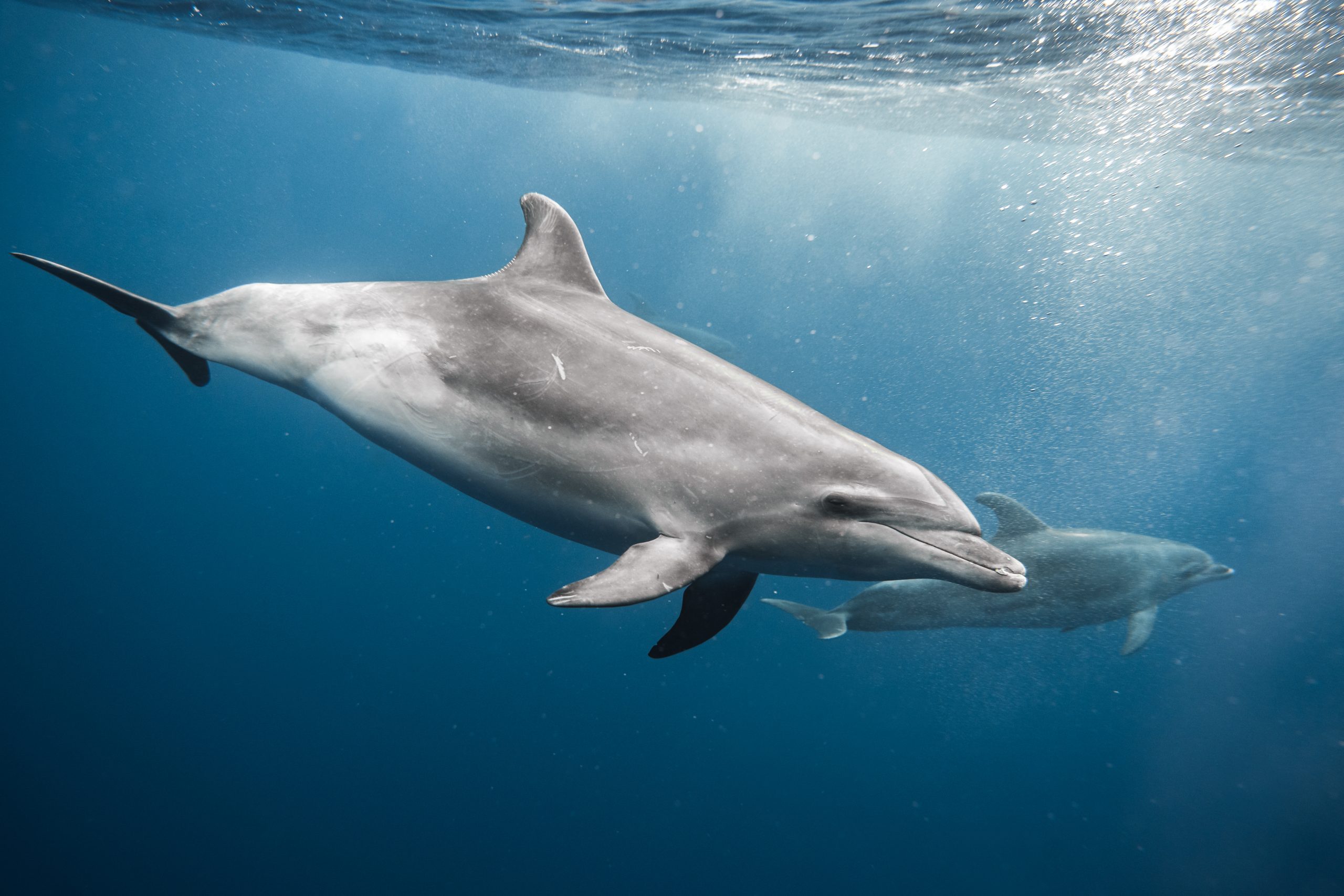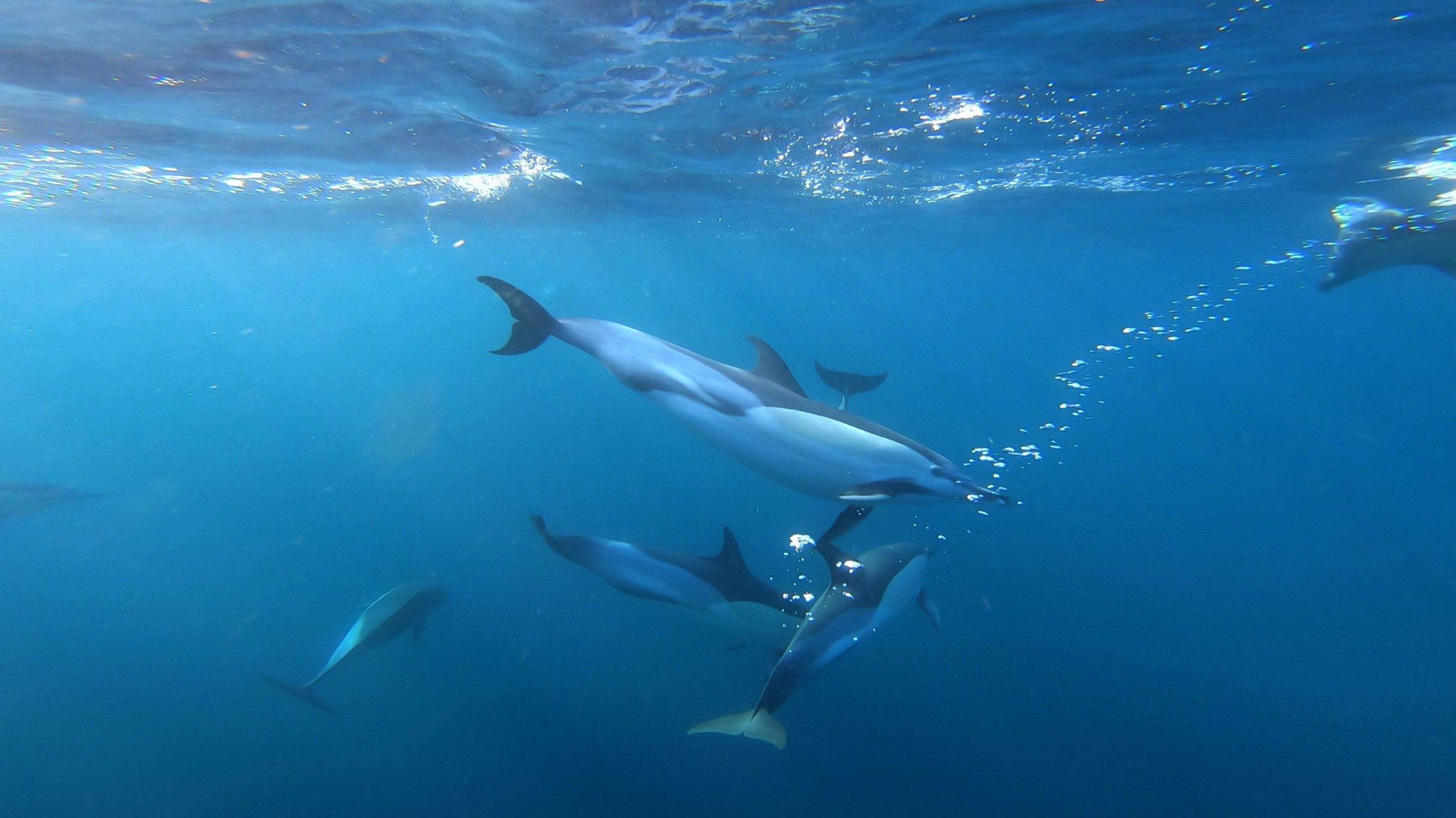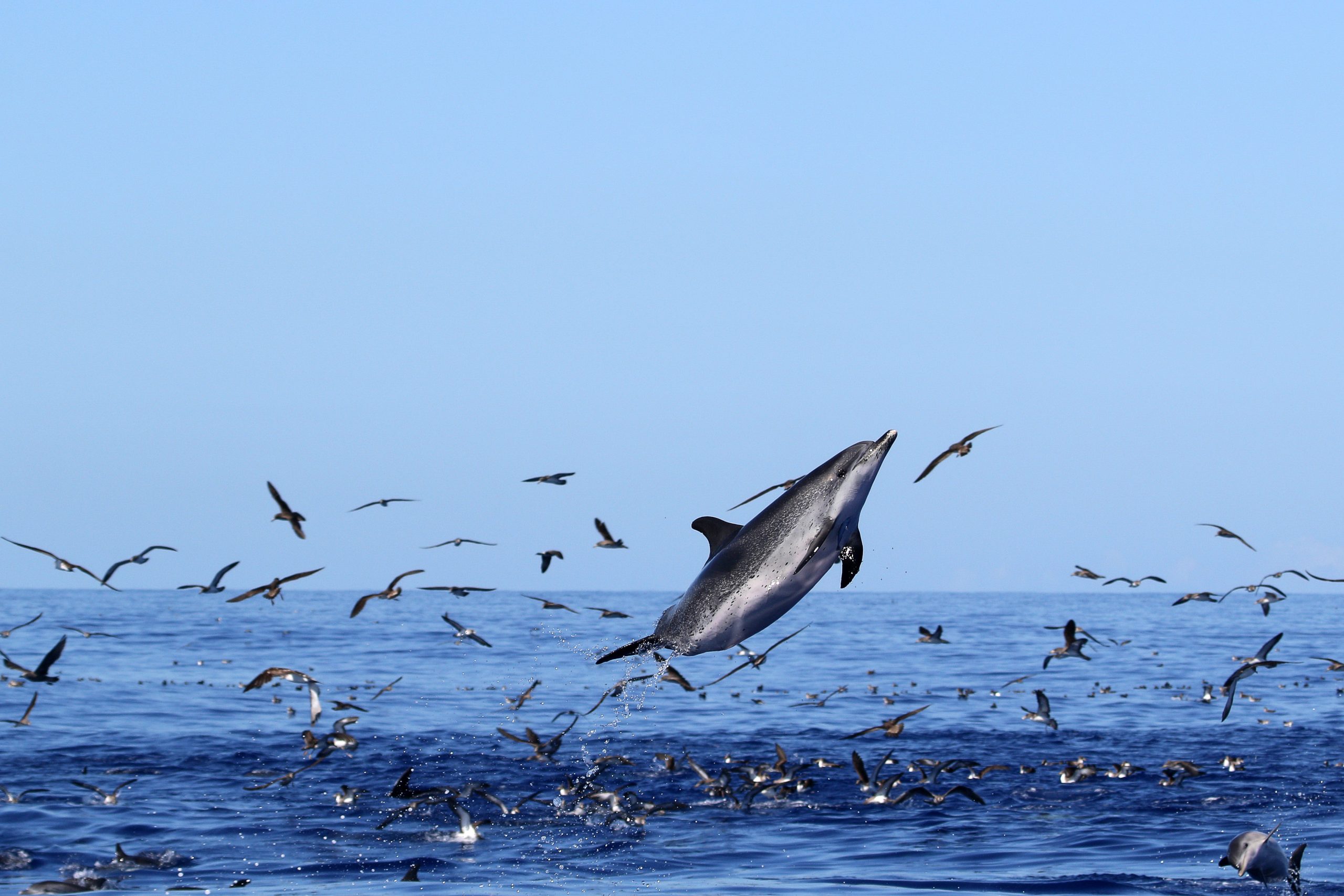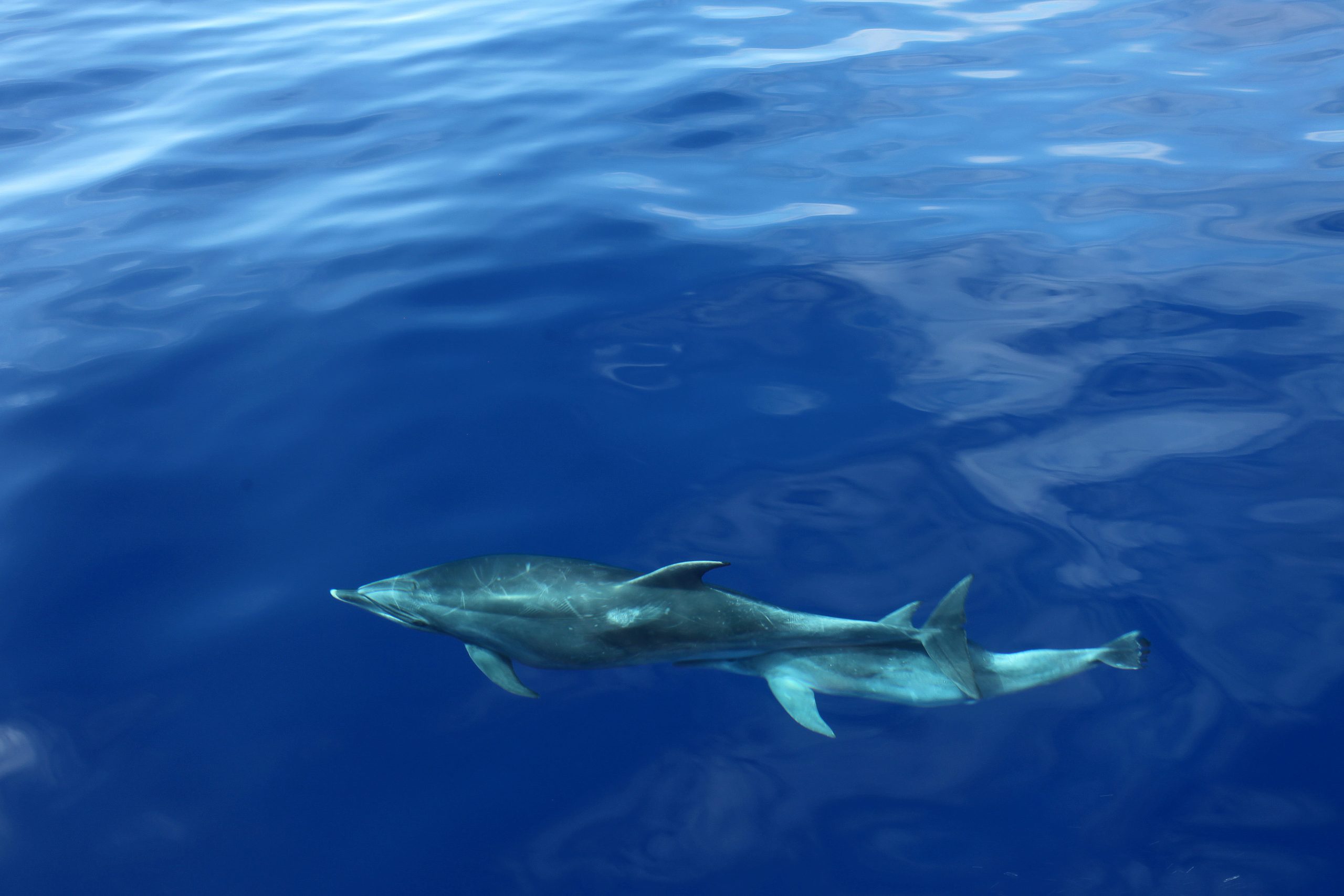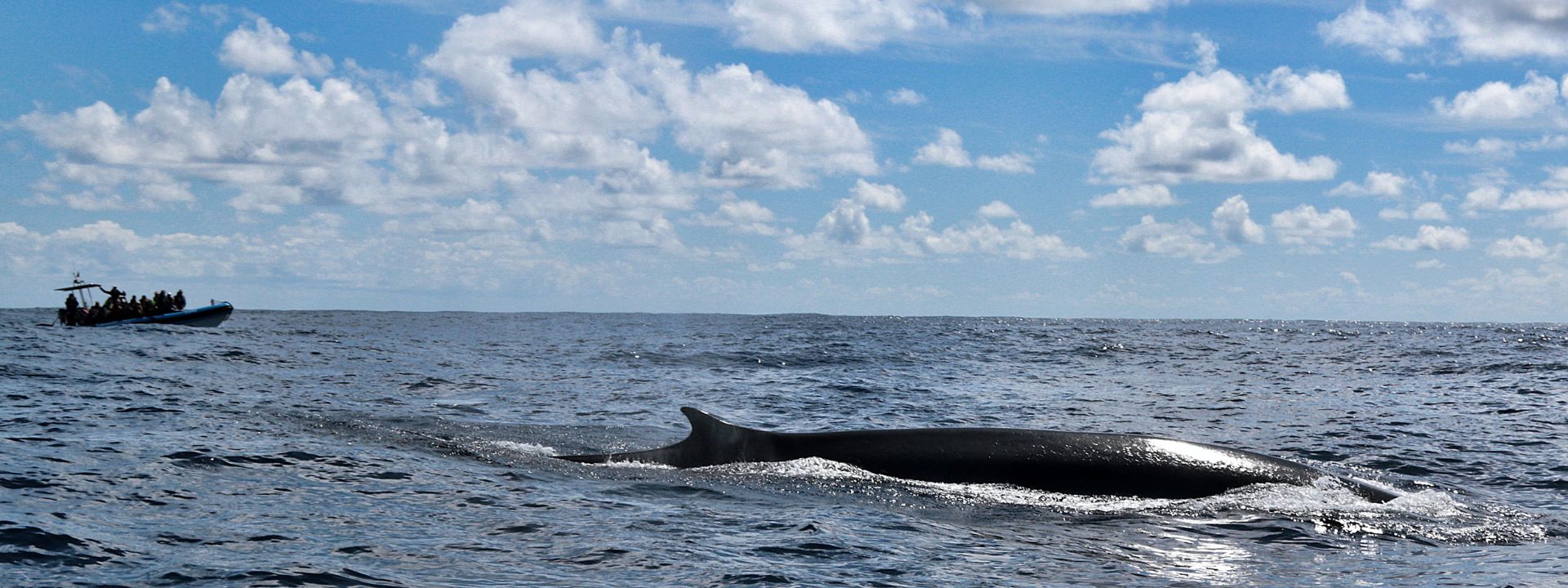Fin whales (Balaenoptera physalus) are the second-largest living animal on earth. This species is present in every ocean on the planet, from tropical to polar regions (Aguilar, 2009). The fin whale used to be endangered, and the IUCN (International Union for Conservation of Nature) changed its conservation status in 2018. Indeed, they went from “Endangered” to “Vulnerable” (Cooke et al., 2018).
However, human threats continue to affect fin whales largely. This puts whale populations and marine ecosystems at risk (Panigada, et al., 2006). So, are fin whales still endangered from a practical perspective? Let’s discuss this fascinating subject in this article.
Is the Fin Whale Endangered?

Like most baleen whales, the fin whale population suffered drastic reductions. This was mainly during the whale hunting period, in the 19th and 20th centuries. However, whalers didn’t focus on them at first since they are swift swimmers. As whaling methods improved and other species declined in quantity, the whaling activity shifted to fin whales. Sadly, almost 750,000 fin whales were caught in the 20th century.
In 1986, the International Whaling Commission (IWC) issued a moratorium ceasing the commercial whaling of all whale species and populations. However, Norway, Iceland, Japan, and Denmark continue to hunt fin whales today. Even so, nowadays, whaling is no longer a significant threat to fin whales. However, they are still largely affected by anthropogenic activities (Panigada et al., 2006).
Current Threats
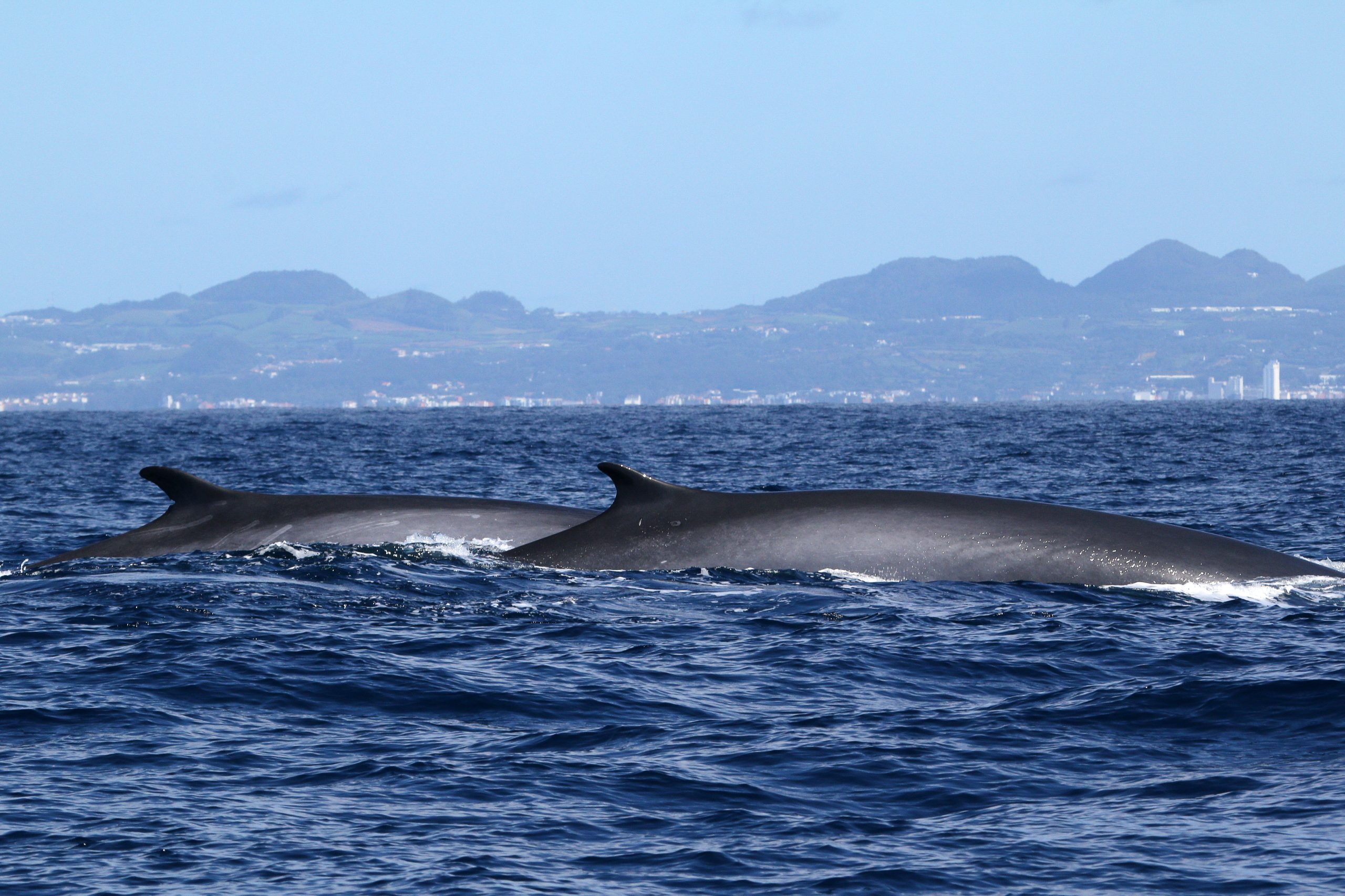
Ship Strikes
Ship strikes represent one of the most prevalent threats to Fin whales. This is due mainly to the overlap between vessel traffic areas and their migration routes. However, since many strikes are brutal to detect, it is very challenging to account for the number of collisions. Nonetheless, vessel strikes make up one-third of all stranding appearances.

Entanglement
Recent studies using drone images have led to a search for scars in the whale’s body and tail. It suggests that the number of whales that are entangled in fishing gear and nets is considerably higher than expected (Ramp et al., 2021). These entanglements can limit the whale’s mobility, feeding, and reproduction. This can finally result in their death by fatigue, drowning, or starvation.
Noise Pollution

We don’t fully understand the effects of anthropogenic noise on fin whales yet. However, evidence suggests that the increasing noise of shipping traffic and seismic exploration activities can have a negative impact. For instance, whale communication, navigation, foraging activities, and their reproductive success. And it could lead to stranding and the death of some individuals (Clark et al., 2009).
Climate Change
Climate change and global warming are significant threats to the health of our oceans. These changes in oceanographic conditions clearly affect baleen whales, as many marine species do. For instance, it influences their distribution, the timing of migration, and prey availability. This could lead to shifts in foraging behavior, nutritional stress, and compromise their reproduction.
Would you like to know the best times for whale watching?
Take a look at our whale watching calendar and plan your next adventure! Don’t miss the chance to spot these majestic creatures in Azorean waters. 🐋 🌊
Video
Conclusion
Despite the considerable decrease in fin whale deaths since the end of whaling and the fast recovery of fin whale populations, they are still very vulnerable to anthropogenic threats. It is necessary to continue to study this species. This allows us to fully understand the effects of fishing activity, marine traffic, and climate change to protect these gentle giants.
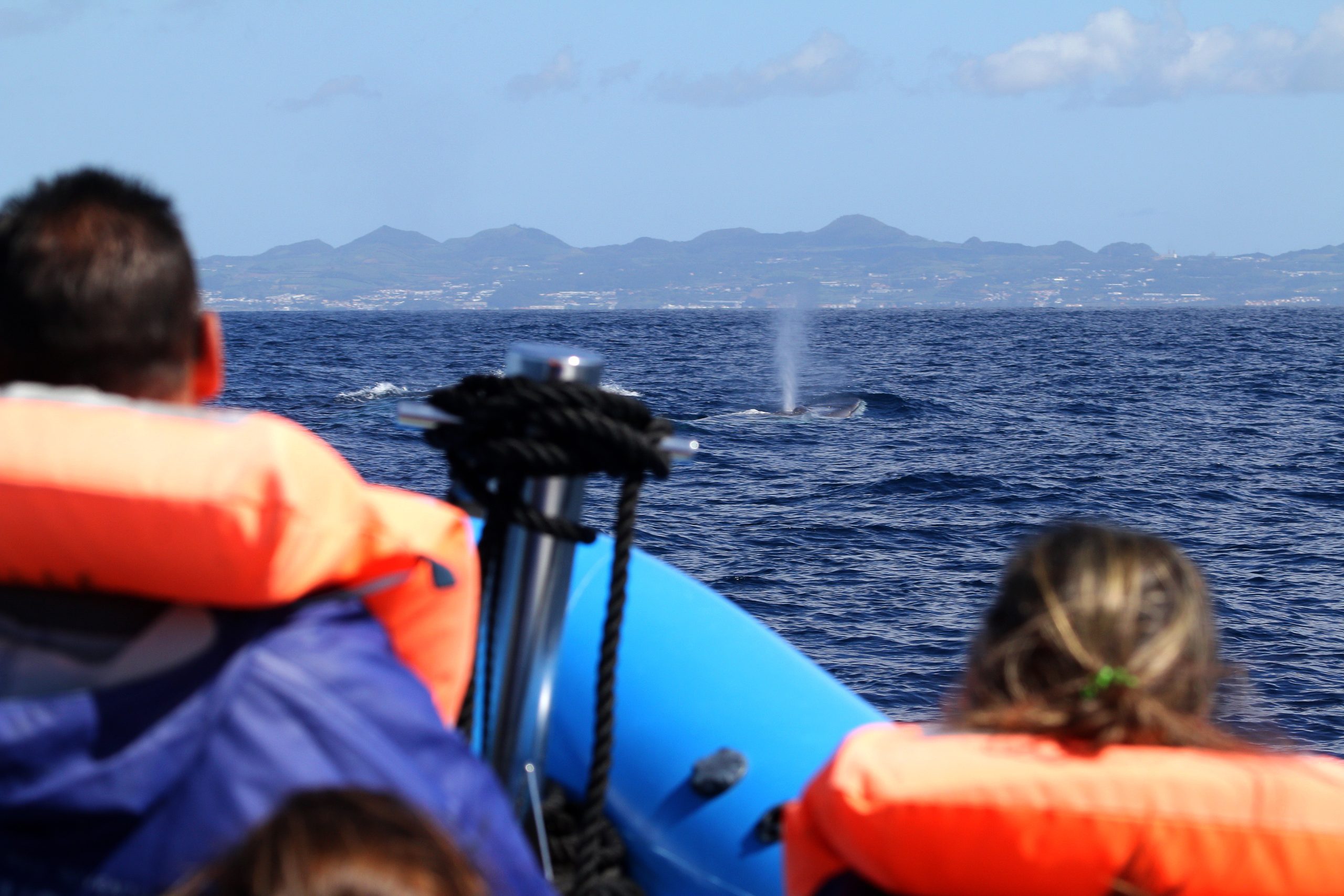
Do you want to know more about fin whales and help our investigation? Come and join us on our whale watching trips. Maybe you will have the chance to see fin whales and much more!
References
- Aguilar, A. (2009). Fin Whale. Encyclopaedia of Marine Mammals, 433–437. https://doi.org/10.1016/b978-0-12-373553-9.00102-4
- Clark, C. W., Ellison, W. T., Southall, B. L., Hatch, L., Van Parijs, S. M., Frankel, A., & Ponirakis, D. (2009). Acoustic masking in marine ecosystems: intuitions, analysis, and implication. Marine Ecology Progress Series, 395, 201-222.
- Cooke, R. S. C., Gilbert, T. C., Riordan, P., & Mallon, D. (2018). Improving generation length estimates for the IUCN Red List. https://doi.org/10.1371/journal.pone.0191770
- Ernesto et al., (2021) Fin whale (Balaenoptera physalus) identification and distribution around São Miguel island (Azores) and inferences on the movements towards other areas. University of Algarve.
- Panigada, S., Notarbartolo di Sciara, G., & Zanardelli Panigada, M. (2006). Fin whales summering in the Pelagos Sanctuary (Mediterranean Sea): Overview of studies on habitat use and diving behaviour: Chemistry and Ecology, 22(SUPPL. 1).
- Ramp, C., Gaspard, D., Gavrilchuk, K., Unger, M., Schleimer, A., Delarue, J., … & Sears, R. (2021). Up in the air: drone images reveal underestimation of entanglement rates in large rorqual whales. Endangered Species Research, 44, 33-44.



